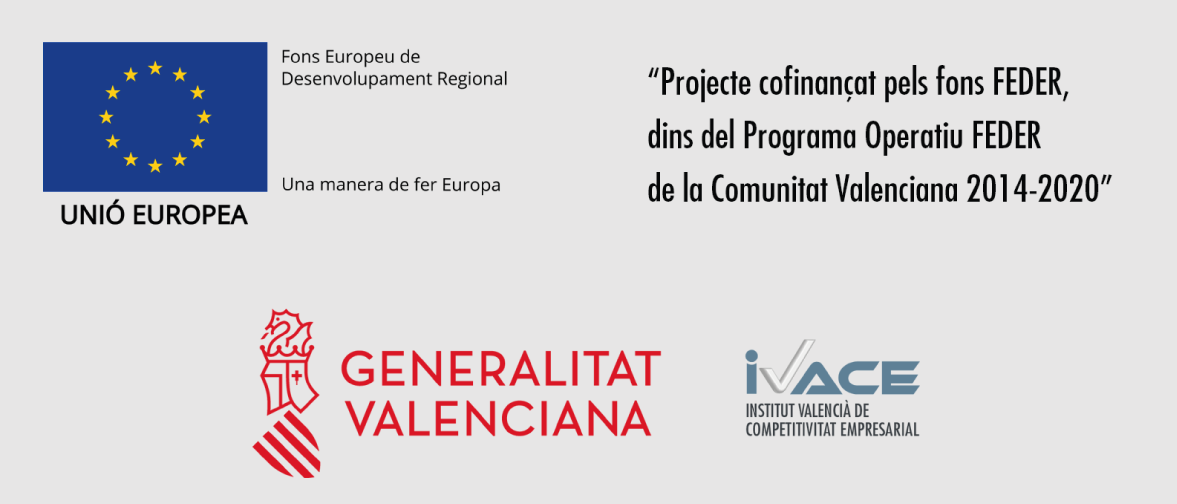2.2.1.5 - Differential Expression analysis
The next step is to perform the differential expression analysis within the Mapping & Counting protocol. Again, the comparison will be performed between the BI group (Infected fish) versus the BC group (the control) using the 9 fastq files. To do this, the Step-by-Step mode provides you with two alternative tools for differential expression under the Mapping and Counting protocol. The first one is DESeq (Love et al., 2014) which estimates variance-mean dependences in sequencing read count data). The second one is EdgeR (Robinson et al., 2010) which uses an array of statistical methods that are based on negative binomial distributions including empirical Bayes estimation, exact tests, generalized linear models and quasi-likelihood tests. In this tutorial, we use EdgeR.
To start, go to the Step-by-Step menu path, Mapping & Counting → Differential Expression Analysis → EdgeR and do as follows in Video 11.
Video 11. Differential expression analysis using EdgeR.
|
Expected results from differential expression analysis: When EdgeR is complete, you will receive the results of differential expression sample with the reads mapped against the reference genome. The expected results of this step are available in the following link edgeR. Bear in mind that under the edgeR analysis significant results are those features supported by a FDR-adjusted p-values <0.05. Remember you can check if the job was successfully completed by accessing the job tracking panel of RNASeq. To know more about EdgeR, see https://bioconductor.org/packages/release/bioc/html/edgeR.html. |
|---|

